I used the cheapest foldable smartphone in the world — so should I kick my trusty Samsung Galaxy Z Flip3 5G to the curb and replace it with Blackview's Hero 10?
Updated: The Blackview Hero 10 is too expensive for its own good

Right now, the phone is on sale on Amazon for just under $400 with free shipping. To reach that price you need to use the coupon code D43BME7B and stack it with an existing Amazon coupon of $146. That’s far less than the Nubia Flip 5G (about $430) or the Motorola Razr 2023 (about $500). All prices here have been converted to US dollars for simplicity. Note that these promotions change all the time, which makes straight comparisons, well, not so straightforward.
It’s been just over five years since Samsung announced the first mainstream smartphone with a foldable screen, the original Galaxy Fold. Now a smaller player, Blackview has thrown its hat in the ring with the Hero 10, a rival to the Galaxy Flip series. Is the Blackview Hero 10 a competitor to established smartphone brands? It’s getting there, but we’re still far off from better known players.
Though it's not a household name, Blackview has been around for nearly a decade and we've reviewed more than a dozen of its rugged smartphones, rugged tablets, portable power stations, and, very soon, mini PCs as well. However, there are still well-founded reservations about the reliability and the after-sales services that these far-east companies can deliver.
The Galaxy Z Fold ushered a new era that has seen tens of millions of foldables sold since 2019 with Motorola, OnePlus, Google, Xiaomi, Honor, ZTE, Vivo, and Huawei joining the fray, leaving Apple the only mainstream vendor without a foldable phone (ed: Don't forget Sony!).
I have owned the Samsung Galaxy Z Flip 3 for more than two years, and you can still buy one today in the UK for just under £399 (about US$415 tax-free, AU$760), a testament to its popularity.
It is my daily driver, but while the Blackview Hero 10 is apparently a superior beast – on paper – the lack of certainty when it comes to future firmware updates and after-sales support could have a powerful dissuasive effect on potential customers.
The plucky smartphone vendor has assured us that it will offer three Android updates (Android 14, 15, and 16) over the next three years; the default warranty remains 12 months. Blackview says it will release Android 14 from July 2024 via OTA.

Blackview Hero 10: The hardware and software
The Hero 10 has a foldable 6.9-inch AMOLED display with a secondary, external circular cover display. It is powered by a Mediatek G99 system-on-chip, a 4G model that should perform worse than the 5G-capable Snapdragon 888 found in my 2021 Galaxy Z Flip 3. That's a big screen, even bigger than that in the Samsung Galaxy S24 Ultra.
Get daily insight, inspiration and deals in your inbox
Sign up for breaking news, reviews, opinion, top tech deals, and more.
It comes with 12GB RAM and 256GB storage. So, you get more memory and storage than on my Flip 3, but Blackview opted to use slower UFS 2.2 storage technology (rather than the newer UFS 3.1) and LPDDR4 (rather than LPDDR5x), a double whammy that will impact performance. It also claims to offer up to 32GB RAM, when in fact it ring-fences 20GB of system storage to be used as virtual memory.
Also disappointing is the presence of Wi-Fi 5 (802.11ac), rather than Wi-Fi 6, let alone Wi-Fi 7. Only two colors (Sakura purple and Eclipse black) are available, while Samsung offers nearly a dozen, depending on your foldable choice. There’s no eSIM capabilities (it supports dual SIM, though), no wireless charging or reverse wireless charging. And nor will it survive a quick shower; unlike the Galaxy Z Flip 3, it is not IPX7 certified.
So where does Blackview’s new flagship surpass Samsung’s price-dropped Galaxy foldable? It has a bigger battery. It has much faster charging capabilities (45W vs 15W). The main camera sensors are much bigger: a 108-megapixel Samsung Isocell HM6, plus a more capable 32-megapixel selfie camera. Disappointingly, despite being physically capable of capturing 4K footage, the Hero 10 can only do full HD videos. A software limitation?
Ironically, my Galaxy Z Flip 3 got its latest (and last) Android update (to Android 14) the very day I received the Blackview Hero 10, which is still on Android 13 with a proprietary overlay called DokuOS. The latter doesn’t bring much to the standard Android interface apart from a handful of apps (Child mode, Cold Room, Easy Share, Focus mode etc). These are essentially un-erasable bloatware of the type commonly found on Mediatek-powered Android devices.
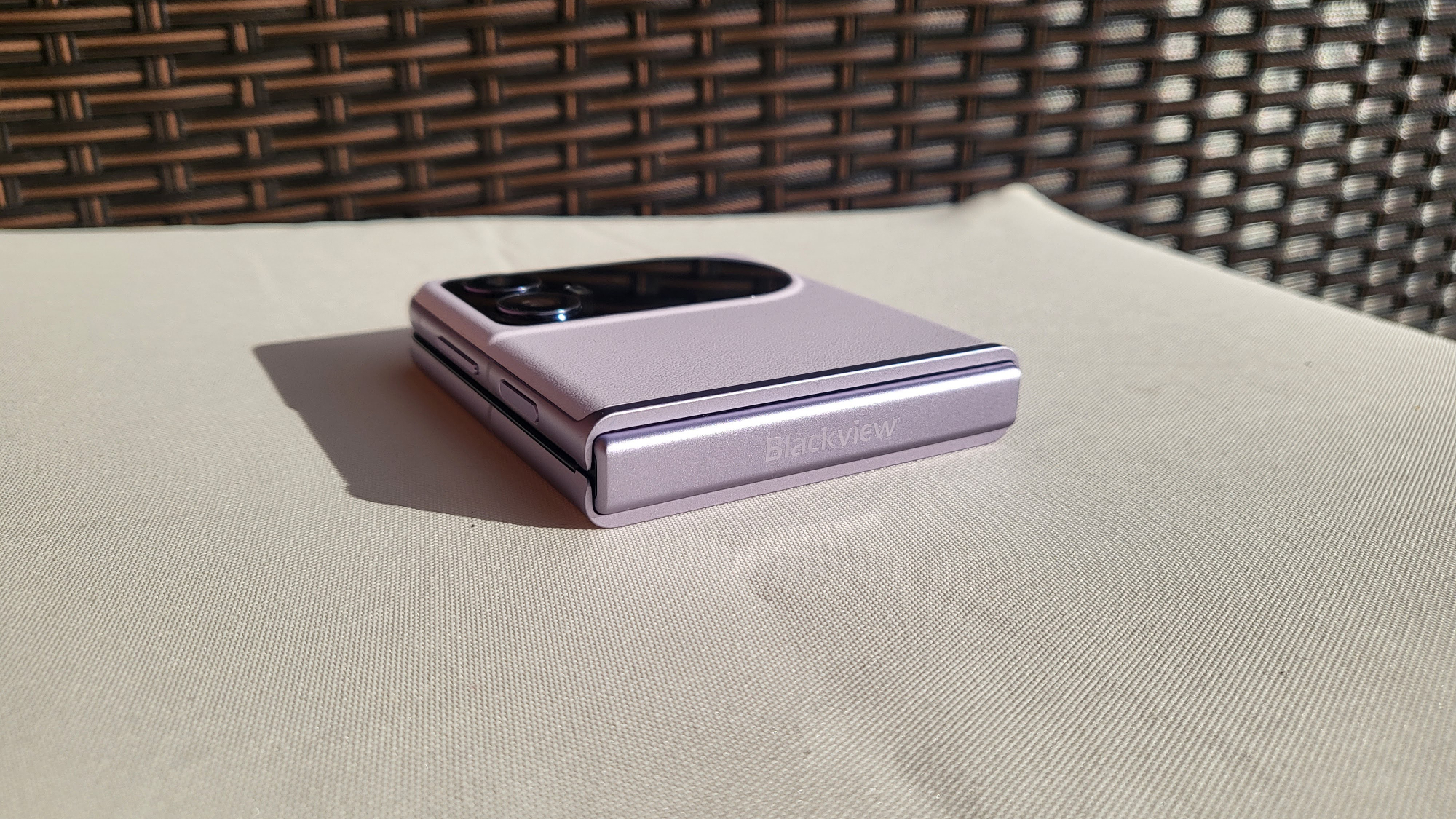
Blackview Hero 10: In use
I spent a couple of days playing with the Blackview Hero 10, too short to deliver a decisive performance report, but enough to get a very good idea of its good qualities and its flaws. The upshot: it is very well built; the crease is less visible than on my Galaxy Z Flip 3, but I can still hear the hinge creak when I open the Hero 10 slowly.
I returned my Samsung Galaxy Z Flip 3 once because it cracked along the crease, and I cannot predict how much of an ordeal it would be to return this Blackview phone. Still, it is reasonably fast in use, and I didn’t detect any hint of stuttering or drop in speed.
The OLED display is bright, without being too aggressive, and – dare I say – better than the one on my older Samsung, with brightness that reaches up to 1,300 nits.
Initially, I couldn’t access the full 108-megapixel resolution, with only up to 12 megapixels available to me. I reached out to Blackview to find out how to unlock it and they explained that confusingly, the 108-megapixel mode is accessed by swiping the menu to the left, whereas all the other options are on the right. Samples are good enough for daily usage, but I’d advise getting dedicated camera apps should you want better quality shoots.
Blackview designers chose a grainy rubber (marketed as vegan leather) for the front and back covers, which gives it a less premium feel compared to the Z Flip 3, but a much better grip. However, I suspect that it will get dirtier over time.
There’s also a free plastic case bundled with the Hero 10, perhaps to protect the protruding camera sensors from falls. All in all, though, it is a very decent attempt; the hinge – which is claimed to last 15 years – is thinner and the gap is almost non-existent on Blackview’s model. Please check the sample pictures of the Blackview Hero 10 at default resolution in the gallery below.

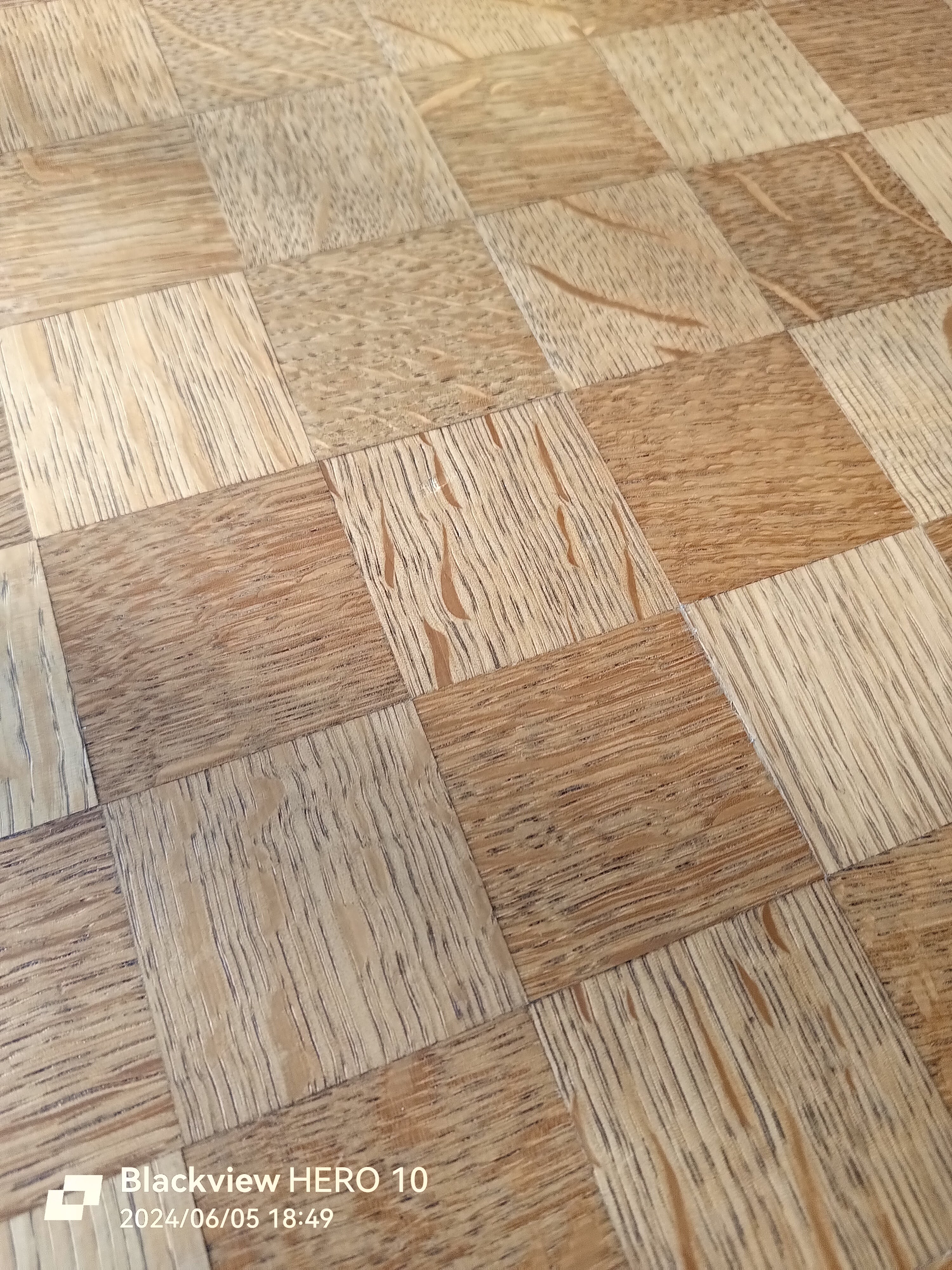
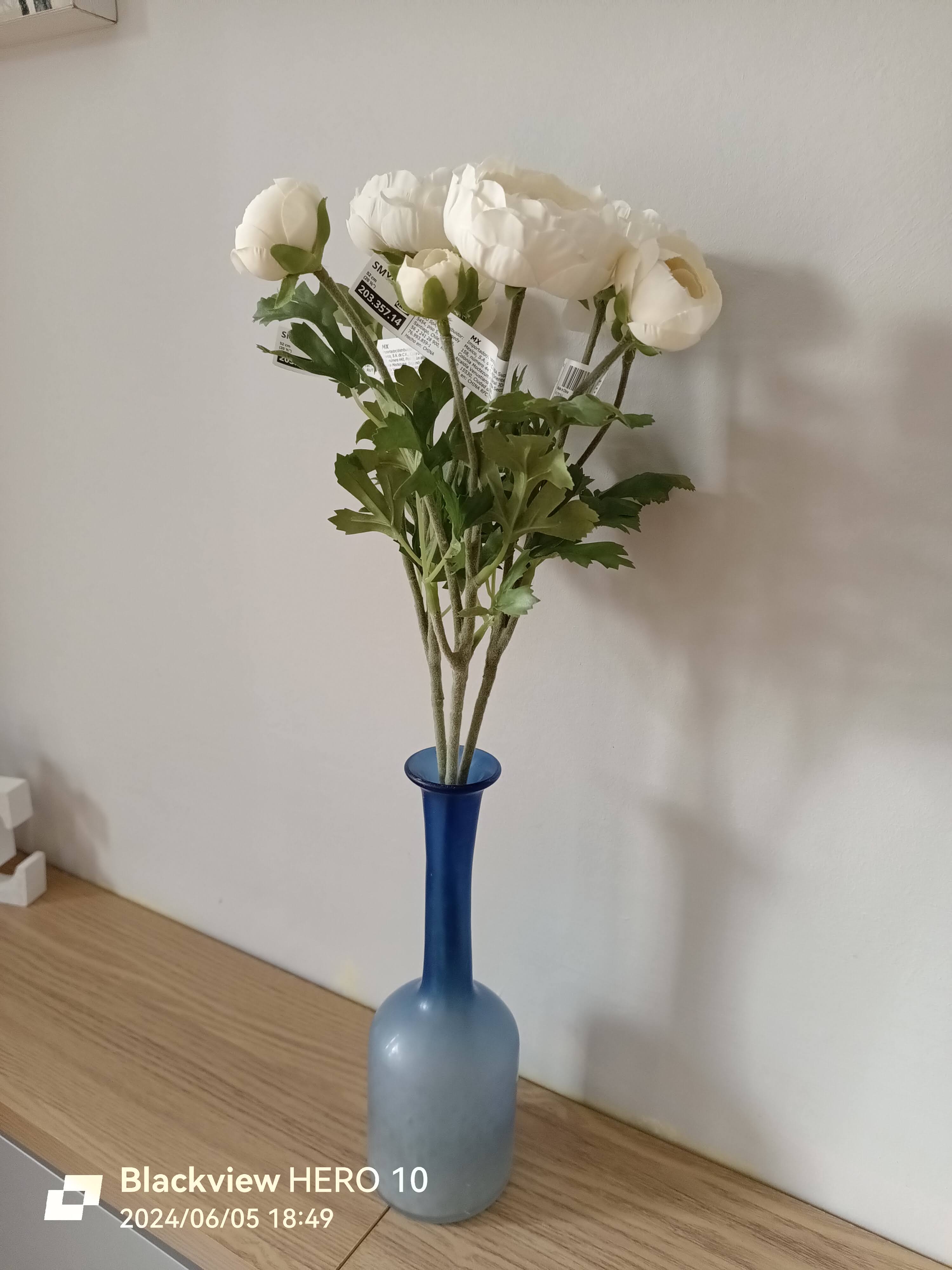
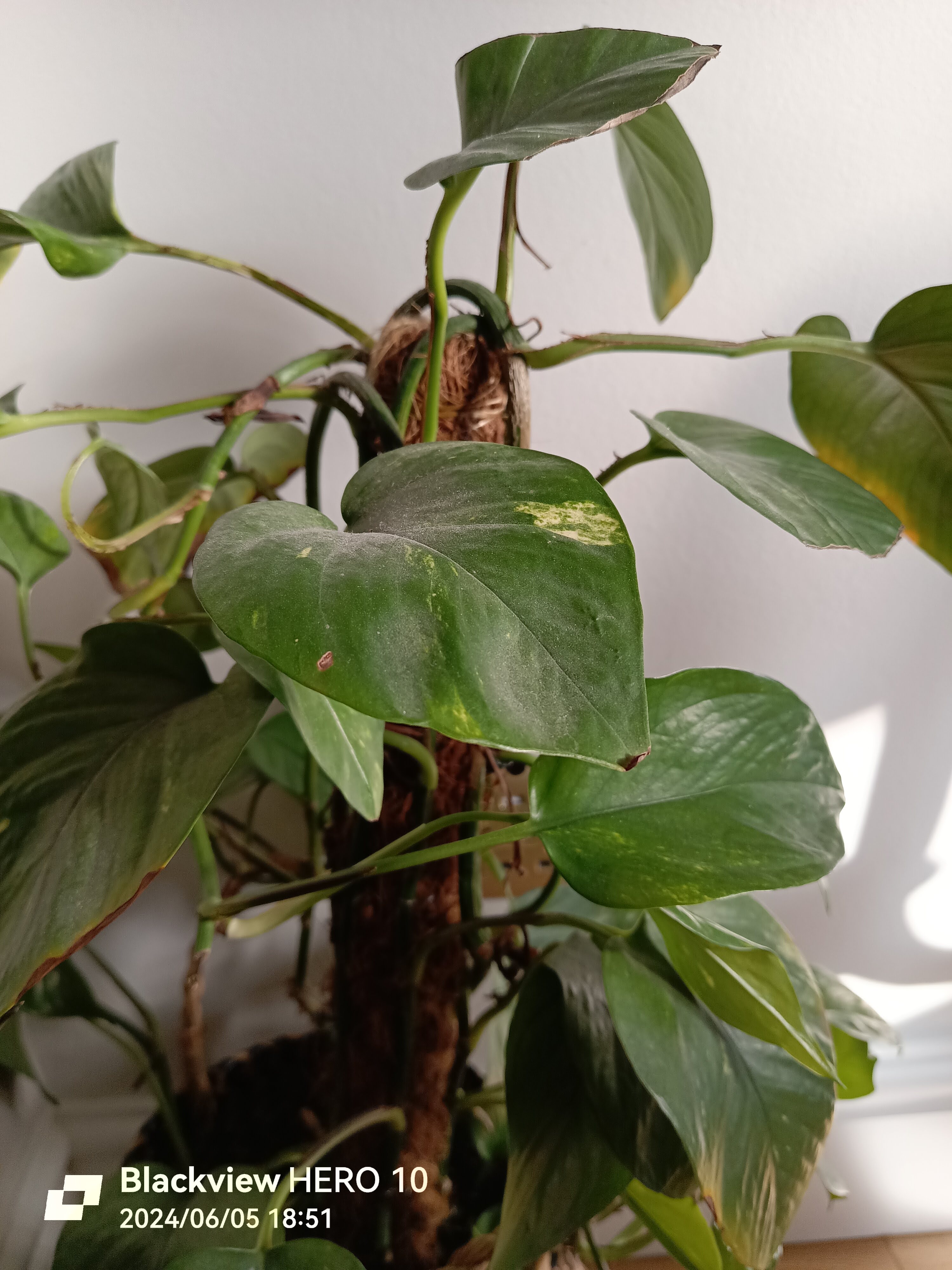


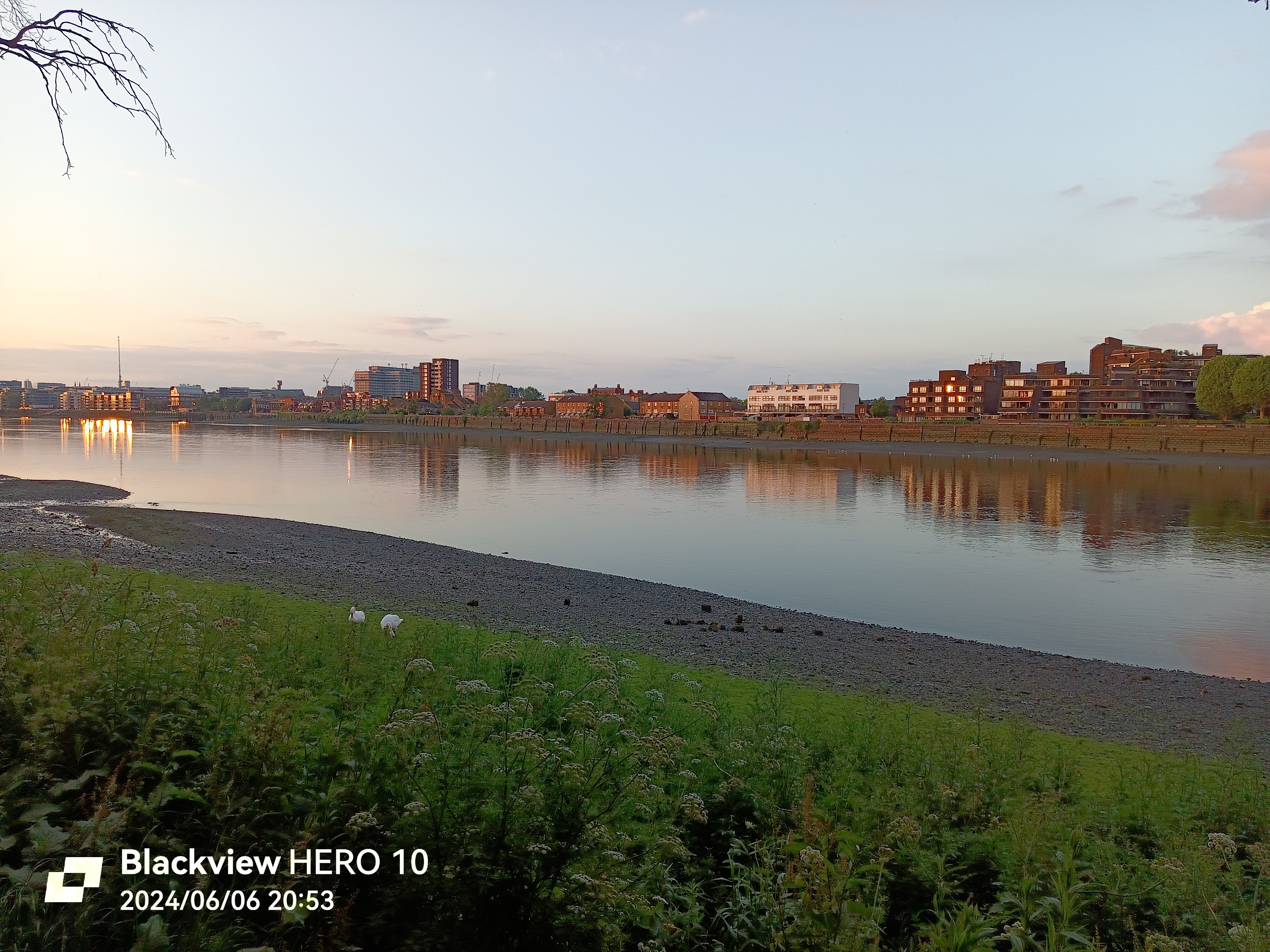

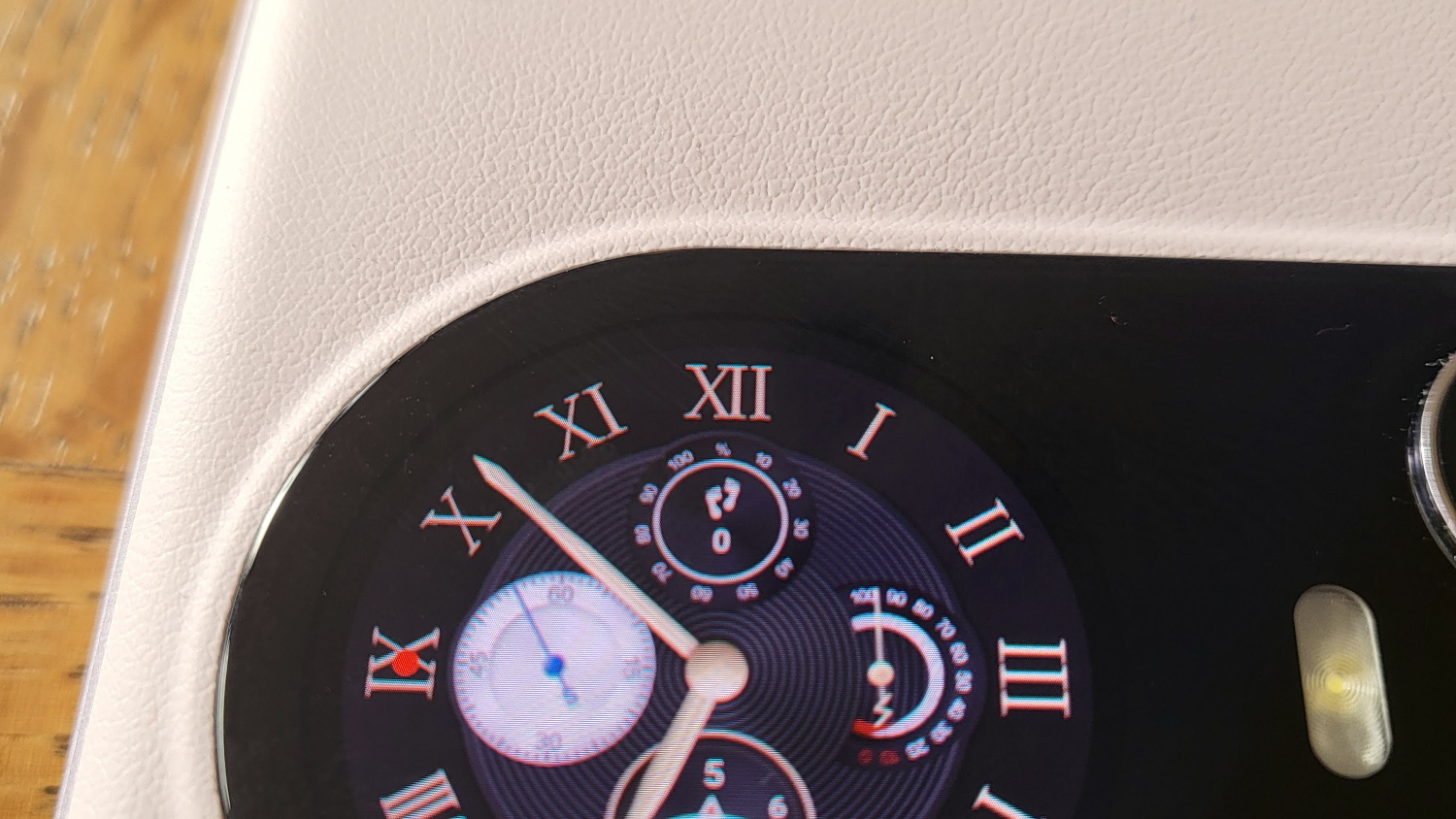
Blackview Hero 10: How did it fare?
It is apparent that corners have had to be cut in order to get this foldable to fit within a certain budget. It may be a 2024 model, but the main components used can barely compete with a mainstream rival from yesteryear. The Geekbench results are particularly telling, highlighting the huge gap that exist between Samsung's quirky flip phone and this contender.
Using version 6.3.0 of the popular benchmark app, the Hero 10 scored 731 and 2,035 points respectively in single/multi-core – significantly less than the Z Flip 3's 835 and 3,625. It was a similar scenario on Geekbench ML, a more AI-oriented benchmark, with a score of 414 for the Hero 10 and and 498 for the Flip 3.
At $400, it is a maybe for me while a $350 permanent price tag would make it a far more attractive proposition. Given that the Samsung Galaxy Z Flip 3 5G now has a lower price tag than at launch and assuming it is available new where you are, it remains a better option for anyone wants to experience the joys of flipping, for not a lot more money.
Which brings me to final conclusion. No, I won’t be swapping my Flip 3 for the Hero 10; the compromises are far too big for me to ignore. The lack of wireless charging, 5G, fast Wi-Fi and eSIM are simply not acceptable for a smartphone that aspires to be a mainstream challenger.
Don’t get me wrong, though: this is a very, very good attempt from a little-known company to compete with the big guns, and while there are rough edges (original Samsung Galaxy Z Flip, anyone?) I, for one, can’t wait to see what the next version will bring to the fore.

Désiré has been musing and writing about technology during a career spanning four decades. He dabbled in website builders and web hosting when DHTML and frames were in vogue and started narrating about the impact of technology on society just before the start of the Y2K hysteria at the turn of the last millennium.